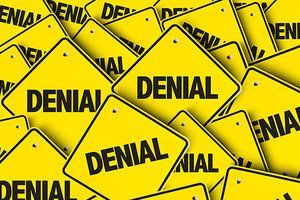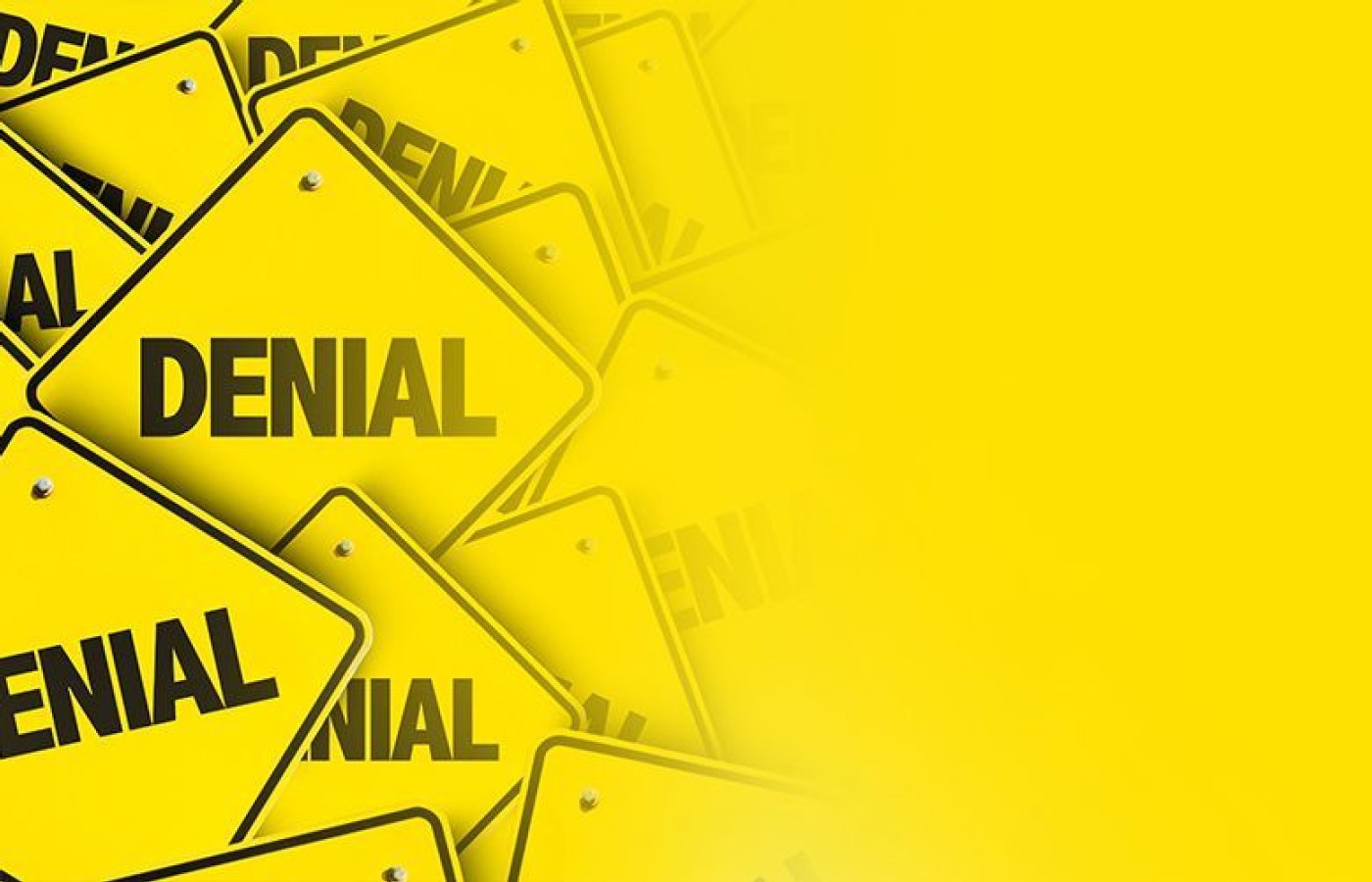Whether you accept it, avoid it or live somewhere in between, insurance coverage has become a defining issue for our profession. Patients increasingly expect to use their benefits, practitioners want to be compensated fairly for their time and expertise, and the system itself remains – at best – fragmented. The encouraging news is that coverage has expanded in meaningful ways. The challenging news is that reimbursement, across the board, remains inadequate.
Acupuncture and Exam Insurance Denials
Question: I had notes requested and reviewed by UnitedHealthcare. The review of my records stated the following: The information provided does not substantiate the services billed. This of course meant I was not paid. I only billed acupuncture for two sets and a re-examination code 99213. What did I do wrong? Please note that my records indicated the treatment was 50 minutes.
This denial is not as uncommon as you might think for acupuncture providers when notes are reviewed, as the documentation of acupuncture requires a specific indication of the face-to-face time with the patient, as well as time involving the insertion of needles. Exams and re-exams must also be documented as separate and distinct from the pre- and post-service evaluation associated with acupuncture.
The acupuncture codes indicate the time is 15 minutes of face to face with insertion or "reinsertion" for the additional sets. Note that the reinsertion should be seen as additional insertion, as you would not "reinsert" needles, but would insert a new needle. While you did note that you spent 50 minutes, you did not indicate how that time was spent. Was it face-to-face time doing an active part of the acupuncture service or examination; or was it time the patient was resting on needles?

This could be the reason your claim was denied, as noting 50 minutes of "treatment" does not provide any specificity with regard to how the time was spent, whether for the acupuncture or exam.
Billing Based on Time: Critical Considerations
The 15-minute increment of time is defined as personal, one-on-one contact with the patient. This means the acupuncturist is in the room with the patient, actively performing a medically necessary activity that is a component of acupuncture or electroacupuncture. This would include a review of history, day-to-day evaluation, hand washing, choosing and cleaning points, inserting and manipulating needles, removal and disposal, as well as completion of the chart notes while the patient is present.
The time that the needles are retained is specifically excluded when determining the time spent – and thus excluded from reimbursement.
I would review your documentation to see how the time was defined and how it was indicated for each set. Acupuncture is a 15-minute code and per the eight-minute rule for timed services in the Current Procedural Terminology (CPT), it is possible for the face-to-face time for one set to be as few as eight minutes.
For services billed in 15-minute units, count the minutes of skilled treatment provided. Only direct, face-to-face time with the patient is considered for timed codes.
- Seven minutes or fewer of a single service is not billable.
- Eight minutes or more of a single service is billable as one unit or an additional unit if the prior units were each furnished for a full one.
- One unit (set) must include a minimum of eight minutes face-to-face time with insertion (8-22 minutes = one unit).
- Two units (sets) must be at least 23 minutes of face-to-face time. Any combination that meets 23 minutes, with no single set fewer than eight minutes, would qualify. For example, the first set could be 11 minutes and the second set 12 minutes (23-37 minutes = two units).
- Three units (sets) must be at least 38 minutes face-to-face time (38-52 minutes = three units).
- Four units (sets) must be at least 53 minutes face-to-face time (53-67 minutes = four units).
The above examples would also include time spent for additional insertion of needle(s).
Total Time vs. Face-to-Face Time: An Important Billing Distinction
In your question, you indicated the patient was treated for 50 minutes. However, how much time was active face-to-face intervention with the insertion of a needle(s), and how much was time resting on needles? If there is a rest period on needles, that should be noted so there is no confusion about the non-face-to-face time.
You indicated you did two sets, which would mean there must be documentation of at least 23 minutes of face-to-face time, with no single set fewer than eight minutes. If you documented the face-to-face time for each set and it meets the minimum, I would certainly make an appeal, highlighting the specific elements in your notes that show the time and separate insertions.
Billing for an Exam
Regarding your denial of an examination, consider that evaluation and management (E&M) codes may be billed if and when there is a separate and distinct evaluation that is above the day-to-day evaluation associated with acupuncture. The typical review of history and how the patient's condition is changing is considered integral; as is evaluation of the area of care, which may include inspection, palpation, ranges of motion, tongue pulse, etc.
Note that an E&M is appropriate approximately every 30 days for an ongoing care plan. Unless there was a new injury or complaint, or some substantial change, any sooner than 30 days is not reasonable.
Furthermore, the evaluation that is required for an E&M would constitute a full re-exam including how the patient has changed since the initial date of care; along with a complete evaluation that would compare all the original exam elements. There would be an updated care plan and goals as well. Do not simply state it is a "re-exam" when the notes do not dictate a complete evaluation.
You indicated coding 99213. What elements did you use to define the use of that level of service? E&M codes now use time or medical decision-making as the barometer for use. The time element to qualify also has to be separate from the time for acupuncture; and a 99213 would be at least 20-29 minutes or have medical decision-making involving at least two areas of complaint.
The use of the E&M further complicates the time for acupuncture, as they must be separate. In this case, if you did just the minimum time for each service billed, 99213-25, 97810, and 97811, there would be a minimum of 20 minutes for the exam and 23 for two sets of acupuncture. This means you had to be with the patient for 43 of the 50 minutes of care. That is not unreasonable, but it must be documented as such to ensure reimbursement.
Note: E&M services do not necessarily require face-to-face, as some of the exams can be associated with a review of the file before seeing the patient and possibly completing the notes later on the same date, even if the patient is not present. In any case, your timing would still have a small margin for error.
I suggest you always have a clear indication of the time spent with the patient face-to-face and whether that time is part of an exam or acupuncture, as it is an integral and required element. My experience is that acupuncture providers spend more time than an average health care provider on their visits; however, if you don't document it properly, it will not count when it comes to getting paid by insurance.
Editor's Note: Have a billing question? Submit it to Sam via email at sam@hjrossnetwork.com. Submission is acknowledgment that your question may be the subject of a future column.



